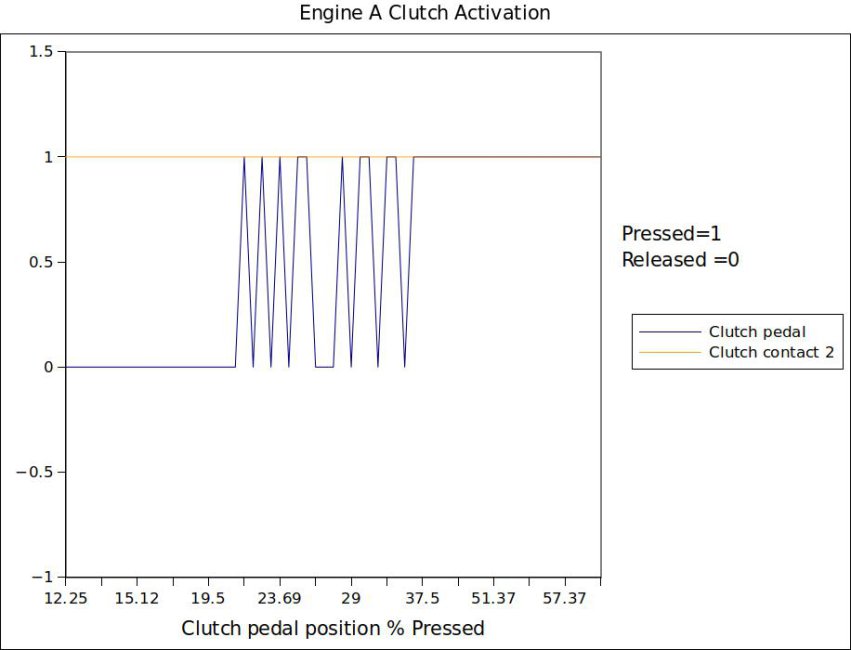Hi @theoneandonly , I understand why you have the need to manipulate the MES data within spreadsheets because of the statistical purpose of what you are doing across many vehicles. And it is an excellent tool for the outcome that you have sort after and achieved. Well done, by the way. But for the average home mechanic just trying to come to terms with the fault they are trying to diagnose, the graphs within MES are really all that is needed for diagnosis, particularly if they have a reference library that can be used for a direct comparison without any further transferring and manipulation of data. What you are doing is admirable and helping many owners with their issue, but at the same time I feel we all need a bit of encouragement to look at the data within MES and try and diagnose the fault ourselves. It appears that @jansla may have been suffering from this fault for some considerable time and quickly discovering the size of the holes in the wallet. @jansla isn’t so much worried about statistics – just the need to identify and fix the issue without some workshop firing the parts canon.@deejays @jansla at last an alternative gold sample. I have published simular in guides and all over this thread as engine A. If you could add the csv files i would appreciate it. I use semi auto graphing for comparisons and using real numbers the means and other statistics can be applied more accurately than trying to read a max value from a screen. A typical example is reading the lpegr cooler mean value but only if engine has exceeded 80C. The additional advantage of not using autoranging as MES ie a constant Y axis for a particular application is ease of comparison and less confussion for those not regularly reading graphs.
tHE number od pids able to be measured ie 22 to 28 varies on the PIDs and Dongle BT able to do less than USB. this is basicaly why Alfaobd resitricts you to 16 pids (quite restrictive). The Template I use has been tweeked over the years to hone in this specific problem and to see what systems are working and what not including regen. eg i only check the actual values of the egr valves because this indicates they are working, if outside normal parameters then you can drill down and look at more specific issues.
I understand the basis of your templates, but I have suggested that @jansla use my specific template in this circumstance.
Regarding the maximum number of logged parameters. I am using MES 5.3R1. I have both wired and wireless interfaces – Vgate vLinker FS USB and MS. Equally capable regarding number of parameters that can be logged in MES. Whilst in the (Engine) Parameters Tab if all parameters are selected, then all can be measured - the big downside being the refresh time is around 5 seconds for each individual parameter. However, once all parameters are selected, and then the Graph Tab is selected, then this is where the limit applies (and for good reason – access/refresh time). Depending on which parameters are selected, the displayed parameters may be less than the maximum of 26 whilst actively recording, however once the recording is stopped, the automatically saved CSV file will contain up to the maximum of 26 parameters. At least this is my experience and is consistent no matter which interface I use or which module or parameters I choose. Also, in the Graph Tab, individual refresh times can be applied according to required priority of individual parameter importance.
This limit of 26 parameters does not appear to be limited by the selected interface, but by MES itself, and for good reason I would say and that is parameter refresh time. To demonstrate this, if you open MES in Simulate mode (standalone – no interfaces connected), and then select the engine and select “all” in Parameters, and then select the Graph Tab, you will notice the maximum limit of 26 is applied to the first 26 parameters from the top of the list.
Last edited:


